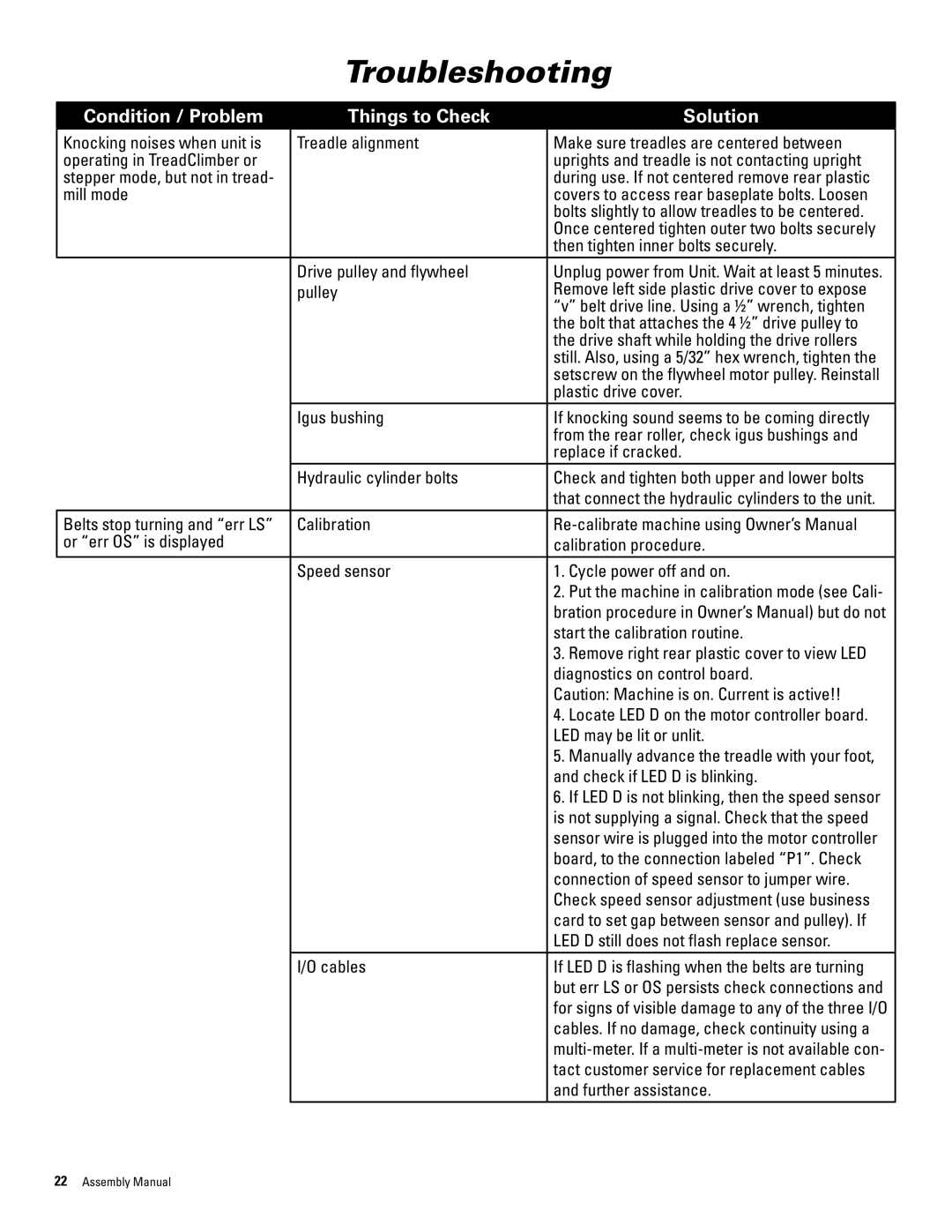5000, 1000, 3000 specifications
The Bowflex series, specifically the Bowflex 3000, 1000, and 5000, represents a transformative approach to home fitness, combining versatility with compact design to cater to various workout needs. Each model is meticulously engineered to deliver a range of resistance options, targeting different fitness levels and goals.The Bowflex 3000, one of the more compact models, is designed for those looking to optimize their workouts in limited spaces. It features the patented Power Rod technology, which provides smooth, consistent resistance throughout the entire movement, mimicking the feel of free weights while reducing the risk of injury. The 3000 offers 210 pounds of resistance, expandable to 310 pounds with additional purchase, allowing users to progress as they build strength. With over 30 exercises available, it facilitates comprehensive muscle engagement, targeting everything from arms and legs to core muscles. Its SpaceSaver design means it can easily fit into a home gym without taking up much room.
Moving to the Bowflex 1000, this model enhances the workout experience with an impressive 210 pounds of resistance through advanced Power Rod technology. The 1000 also incorporates an adjustable bench that allows for various positions, enhancing the range of exercises that can be performed. It offers over 25 different exercises, showcasing its adaptability to suit different training styles—from strength training to muscle toning. The Bowflex 1000 is particularly user-friendly, designed for both beginners and experienced fitness enthusiasts.
Finally, the Bowflex 5000 is the powerhouse of the lineup, featuring an expansive 310 pounds of resistance, which is ideal for serious athletes looking for maximum strength training. It includes a more robust frame and a wider range of motion, allowing for advanced exercises. The Bowflex 5000 stands out with adjustable leg attachments, enabling users to engage in various lower-body workouts comprehensively. Like its counterparts, it employs the Power Rod technology, providing a safe and effective resistance training experience.
In summary, whether you're choosing the Bowflex 3000 for its compact design, the Bowflex 1000 for its versatility, or the Bowflex 5000 for its advanced capabilities, each model offers unique features that cater to various fitness goals. With a focus on innovative resistance technology and user-friendly design, these machines are essential additions to any home gym, enabling users to achieve their fitness aspirations effectively and conveniently.
